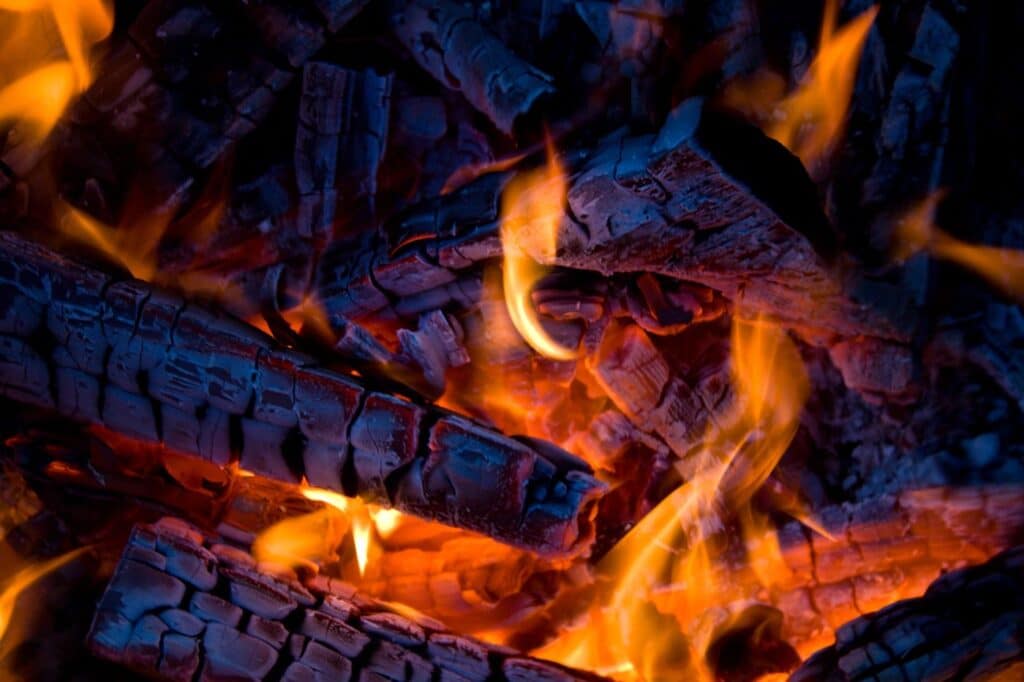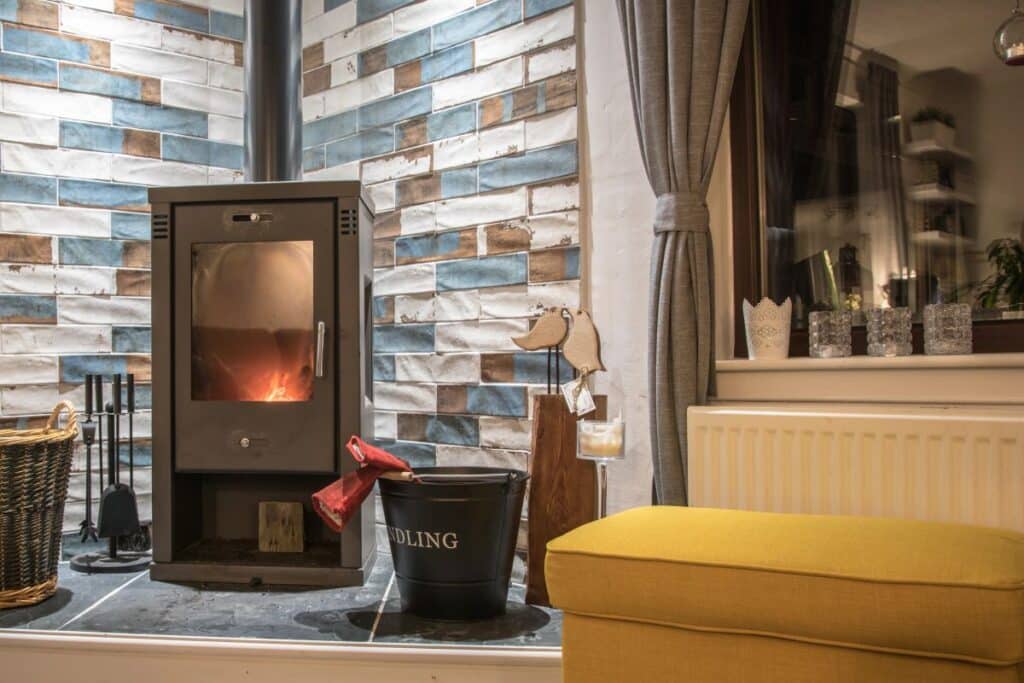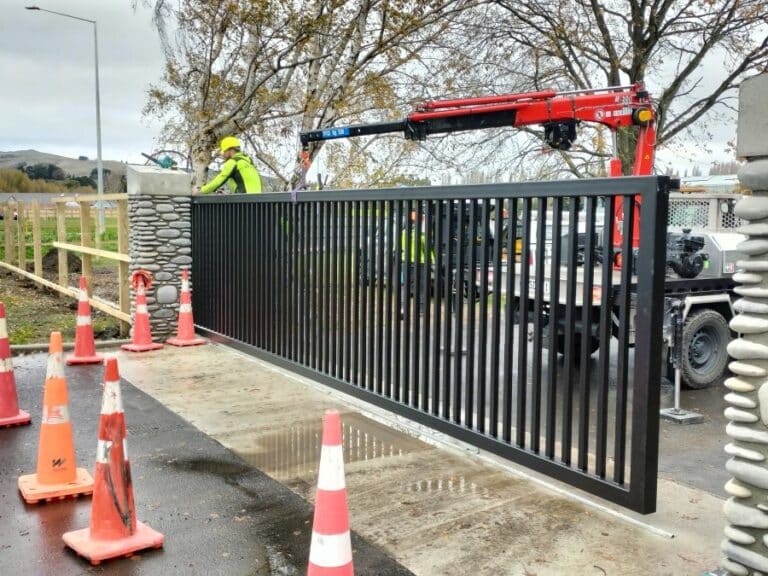A well-maintained woodburner is more than just a heating source, it’s actually the centrepiece of a warm, inviting home during the colder months. Whether you live in Wellington, Kapiti, or the Horowhenua districts, regular upkeep and timely repairs are really important when it comes to your woodburners efficiency, safety, and longevity. Here’s a detailed guide to keeping your woodburner performing at its best.
The Importance of a Clean Woodburner
Keeping your woodburner clean goes well beyond aesthetics; it’s about maintaining efficiency while minimising risks and, therefore, extending its life. Over time, ash, soot, and creosote accumulate, each requiring specific attention to make sure that your fireplace functions optimally.
Ash is the residue that’s left from burning wood and gathers in the firebox. While removing excess ash is essential to allow proper airflow, leaving a thin layer can protect the firebox base and aid in heat retention.
Soot, which is the powdery byproduct of incomplete combustion, often coats the glass door, reducing visibility and heat efficiency. Cleaning the glass regularly with a damp cloth and a recommended cleaner or vinegar solution can prevent buildup. For stubborn stains, fine steel wool can help restore clarity.
Creosote is a highly flammable, tar-like substance formed when wood smoke condenses in cooler parts of the flue. It accumulates faster when burning green or damp wood, producing thick smoke and cooler chimney temperatures. Over time, nasty creosote starts to buildup, starting from a light flaky residue and turning into a hardened glaze, increasing fire risks. Annual chimney sweeping is crucial to remove creosote and keep your chimney safe and efficient.
Inspecting for Wear and Damage
Regular inspections of your woodburner, by a professional chimney sweep, help identify any minor problems before they can escalate. Components like fire bricks, which shield the stove body from intense heat, can crack or deteriorate and should be replaced promptly. Similarly, door seals and gaskets should be tested for airtightness. An easy way to check is by closing a piece of paper in the door; if it slides out easily, the seals likely need replacing.
Air vents must remain clear to ensure proper airflow. Also, blockages or misaligned vents can actually reduce heat output, making the fireplace less efficient. On top of that, visible cracks, rust, or any loose connections in the chimney or flue should be checked out by a professional to avoid safety hazards.
Timely Repairs Are Essential
Delaying repairs can lead to significant safety and performance issues. By promptly addressing common problems like cracked fire bricks, misaligned doors, or leaks in the flue system, homeowners can ensure their woodburner’s functionality. This proactive approach to maintenance is a responsible way to keep your home safe and warm.

Choosing the Right Fuel
The type of wood burned plays a major role in your woodburner’s efficiency and lifespan. Dry, seasoned hardwoods such as manuka or gum are ideal for generating consistent heat and minimising creosote buildup. Avoid burning green wood, wet wood, or any treated materials such as painted or pressure-treated wood, as they produce excessive smoke and residue, which can damage the woodburner and flue system.
Why Professional Servicing Matters
Professional servicing ensures your woodburner operates safely and efficiently, especially in colder months from May to September. We recommend scheduling a professional service at least once a year, ideally before the start of the heating season. Expert technicians perform a variety of services during maintenance, each designed to optimise performance and ensure safety.
A thorough cleaning removes ash, soot, and creosote buildup, including hard-to-reach areas within the firebox, flue, and chimney. This reduces the risk of chimney fires and improves airflow, which enhances combustion efficiency.
The technician will inspect and, if necessary, replace fire bricks, which protect the stove body from extreme heat. Damaged fire bricks can compromise both safety and efficiency, so this is a critical part of the service.
Door seals and gaskets are checked for airtightness to prevent heat and smoke from escaping. If the seals are worn or loose, they are replaced to maintain optimal performance.
Air vents are cleaned and adjusted to ensure proper airflow. Blocked or misaligned vents can hinder combustion and reduce heat output.
The flue or chimney is inspected for visible damage, such as cracks, rust, or loose connections. Any issues are addressed to ensure smoke and gases are properly vented.
Settings and controls are also adjusted to maximise burning efficiency and heat output. For modern woodburners, this might include calibrating airflow regulators or fine-tuning temperature controls.
In regions like Wellington, Kapiti, and Horowhenua, professional servicing not only ensures compliance with local safety standards but also provides a sense of security. This attention to detail offers peace of mind for homeowners, knowing their woodburner is in top condition for the colder months.
By investing in professional servicing, you can improve heat output, minimise risks, and extend the lifespan of your woodburner, ensuring it remains a reliable and safe source of warmth from May through to September.
Stay Warm and Safe All Year Round
Taking the time to maintain and service your woodburner not only keeps it running efficiently but also ensures your home stays warm and safe. Whether it’s regular cleaning, timely repairs, or professional servicing, these steps are essential for enjoying reliable performance season after season.
For homeowners across Wellington, Kapiti, and the Horowhenua districts, keeping a woodburner in optimal condition means more than just warm, cosy winters. It means having a reliable source of warmth that lasts for years to come, providing a sense of security and peace of mind.




